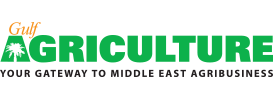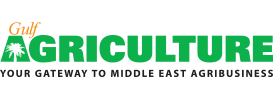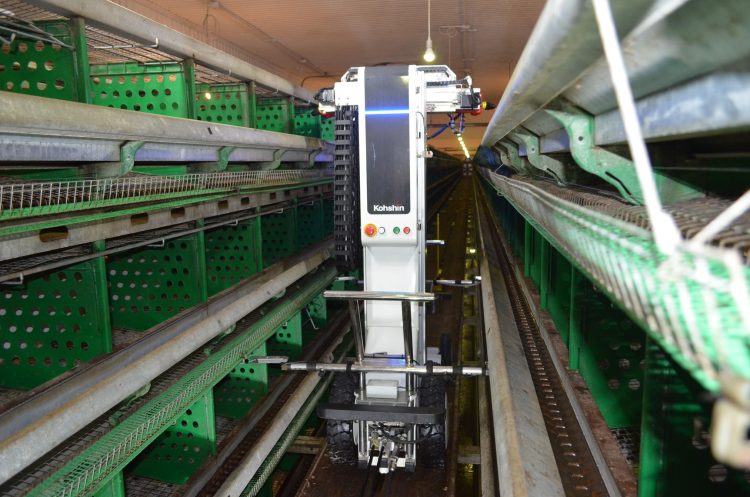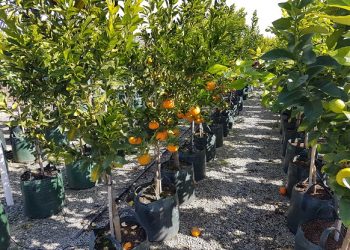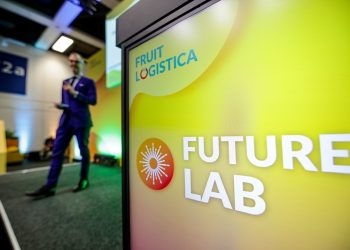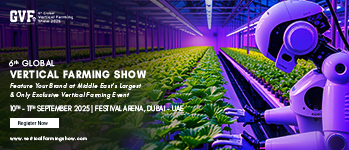The importance of poultry farm hygiene
Hygiene is a key part of managing any poultry farm. Dust, feathers, and manure can build up in cages, creating the perfect environment for harmful bacteria and viruses to grow. These pathogens can spread quickly, causing illnesses that harm bird health and reduce farm profits.
Many farms still rely on manual cleaning, but this method has its limits. Humans can miss spots or fail to clean thoroughly, and hiring workers for this task can be expensive. Additionally, cleaning by hand exposes workers to potential health risks.
Automating cleaning tasks
To make cleaning easier and more effective, automated solutions like the Venus 2.0 cage-cleaning robot are becoming popular. This type of robot can clean 24/7, providing consistent hygiene throughout the farm.
Unique features of Venus 2.0
- Setting cleaning programs via the app makes the process more convenient and simpler. Through the app, users can set the height and width of the nozzles and the cleaning times for each row of cages.
- The nozzles can be adjusted to clean the inside of the cage, its ceiling, bottom, egg conveyor, and feed trough.
- By automating cleaning tasks, farms can rely less on manual labor, lowering costs and allowing workers to focus on other jobs.
Before:
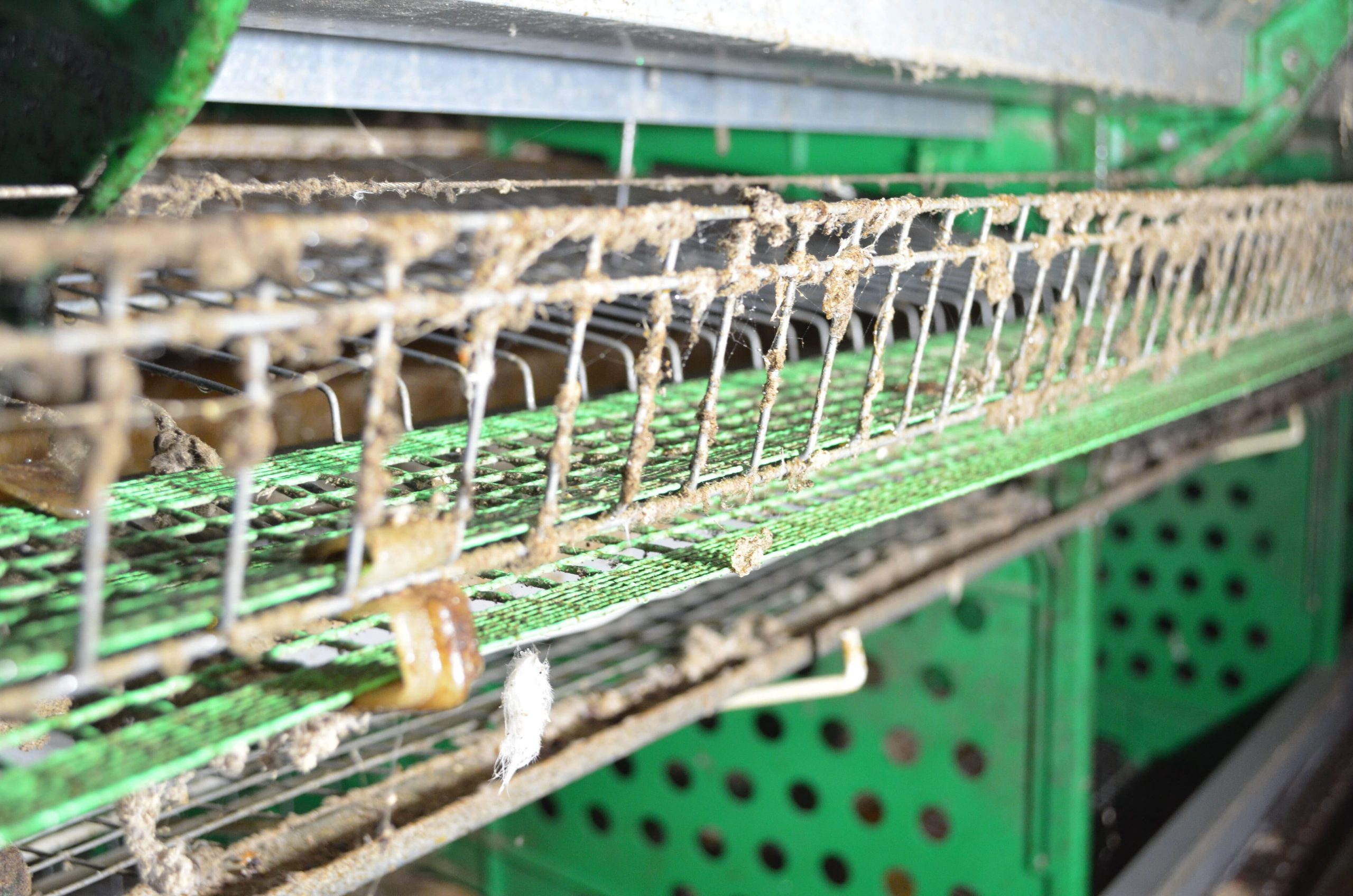
After:
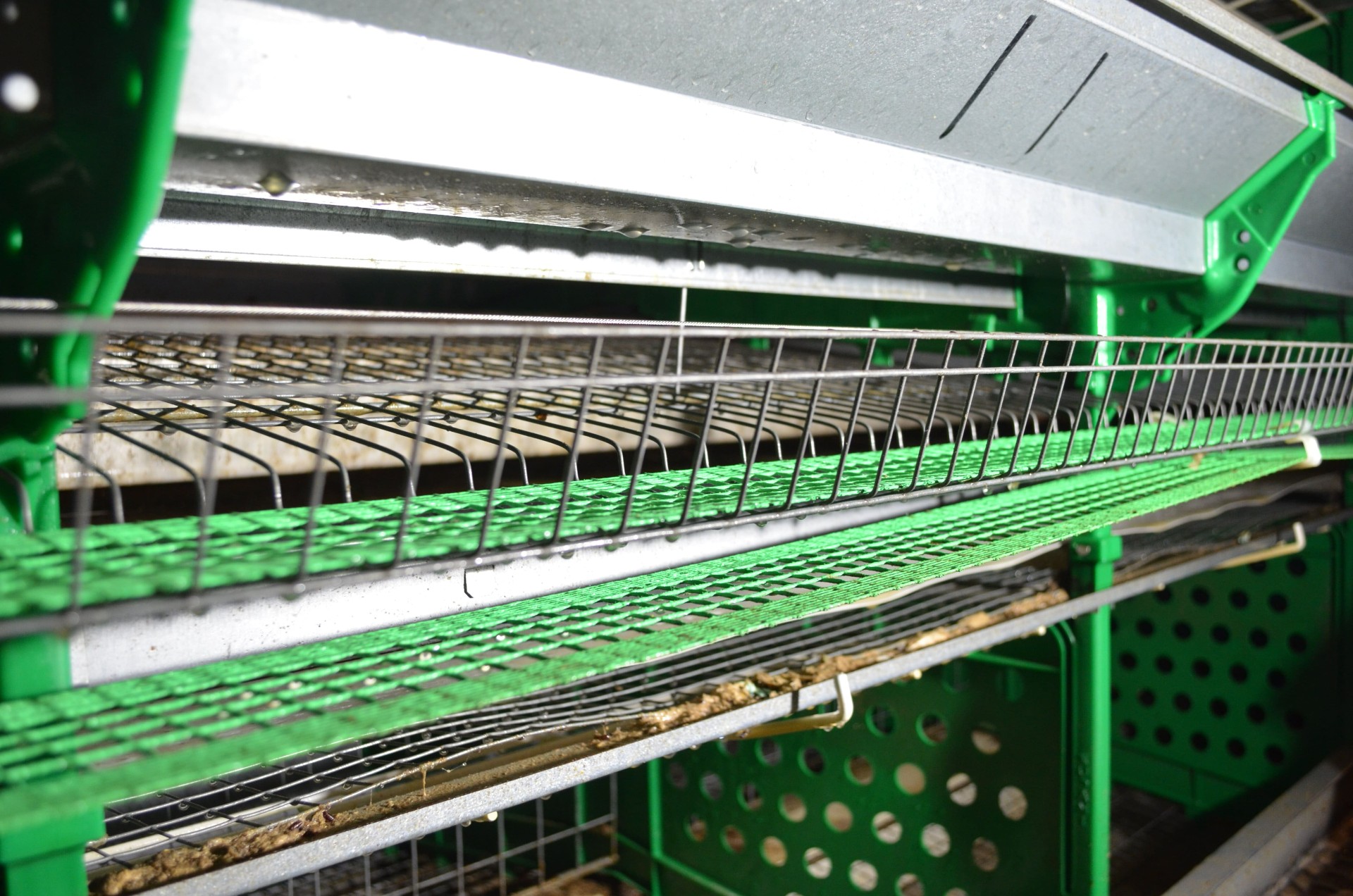
The principle of operation of the robot
The robot moves up and down the aisles between cages, spraying high-pressure water or cleaning solutions. When the robot finishes one row, it automatically slides down to move to the next row of cages. Farmers can control how often the robot cleans and adjust the angle of the nozzles for better results.
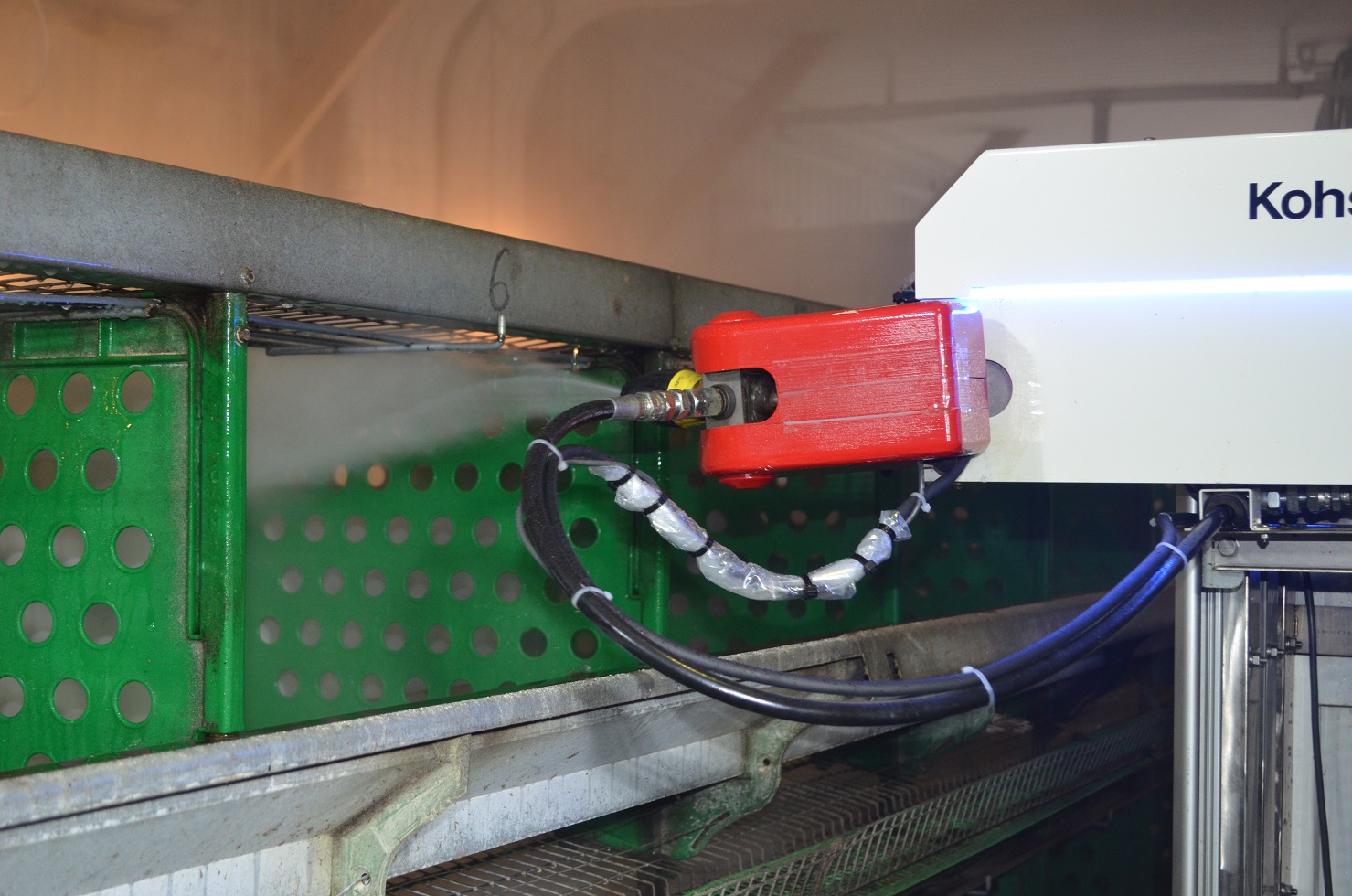
Why automation matters
In the context of poultry farming, automating the cleaning process provides a structured approach to sanitation, which is essential in breaking the cycle of contamination that can lead to disease outbreaks and financial losses.
Moreover, automation supports resource management by optimizing time and labor. Tasks that traditionally require significant human effort can be streamlined, allowing workers to focus on other aspects of farm management. This shift not only enhances productivity but also reduces the physical strain on workers.
The role of automation in farming is not just about replacing manual processes — it represents a step toward smarter, more sustainable agricultural practices. By adopting automated systems, farms can better adapt to the increasing demands for efficiency, biosecurity, and environmental stewardship in modern agriculture.
For more information, visit https://www.kohshin-s.jp/product-en/venus-20-en/
